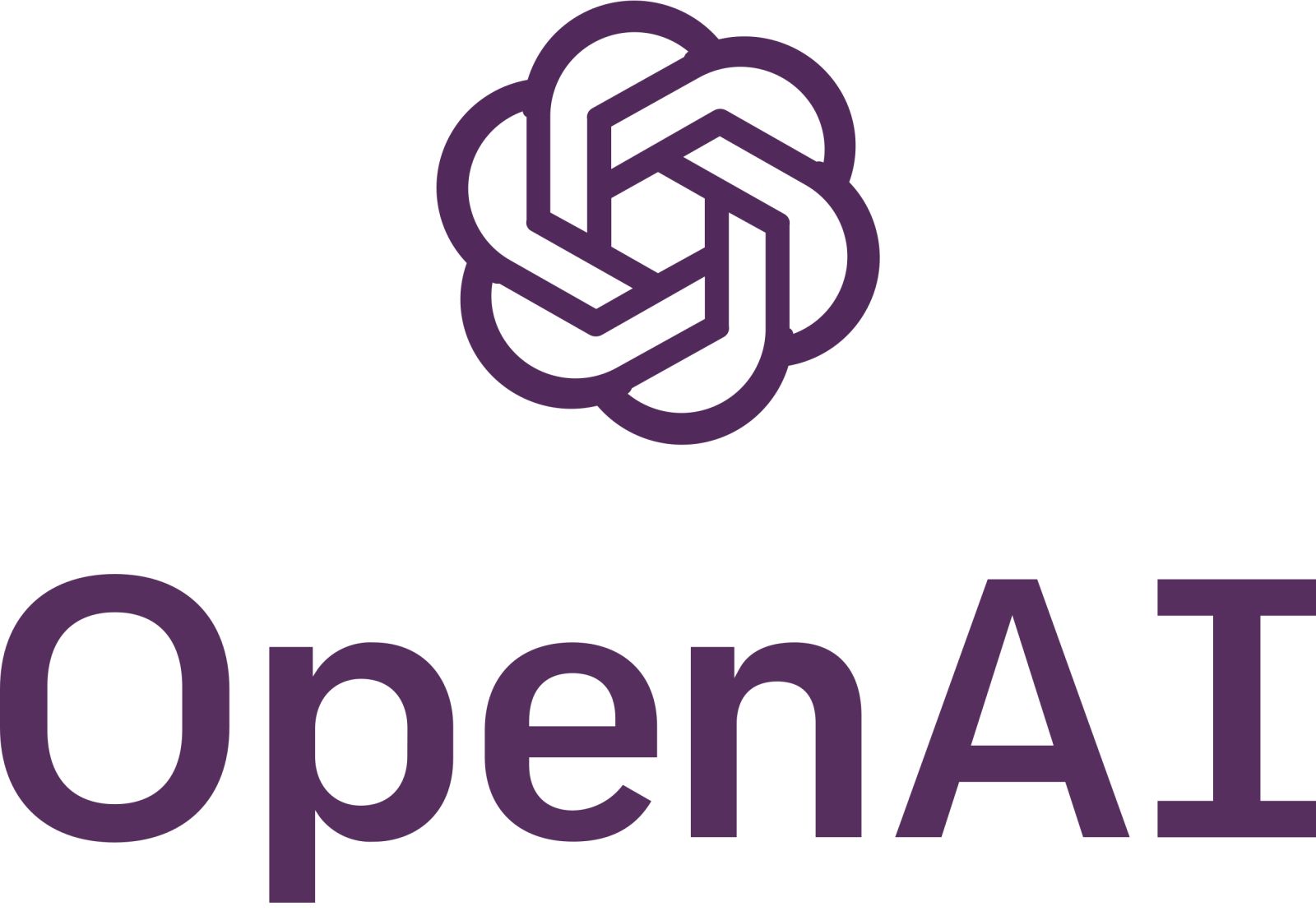Introduction
OpenAI has announced a multi-billion dollar partnership with AI chipmaker AMD, adding another piece to its strategy of massive computational infrastructure accumulation. The deal represents a significant win for AMD in its competition against Nvidia, the undisputed sector leader, with the company's stock surging 40% following the news.
This move is part of a series of recent deals by OpenAI, including a $100 billion partnership with Nvidia and a $300 billion agreement with Oracle, both announced last month. The question that naturally arises is: when does it become too much?
The Context of the AI Infrastructure Race
The frantic race among tech giants to secure AI infrastructure has generated unprecedented spending in American history. This is happening without clear signs of significant revenue to justify investments of such magnitude. Major tech players are on track to spend over $1 trillion on AI infrastructure by the end of the decade.
Greg Brockman, President of OpenAI, explained the philosophy behind this accumulation strategy:
"We need as much computing power as we can possibly get."
Greg Brockman, President of OpenAI
For AMD, this partnership represents a crucial opportunity to gain ground in the Nvidia-dominated market. An interesting detail: Nvidia CEO Jensen Huang and AMD CEO Lisa Su are actually related, adding a personal element to the competition between the two companies.
The Logic of Technological FOMO
The argument in favor of massive bets on AI infrastructure boils down to a universally relatable feeling: the fear of missing out (FOMO). If artificial intelligence will transform the world as tech executives believe, it will require an incredible amount of computational power. In this scenario, industry leaders prefer to be over-prepared rather than risk not having sufficient resources.
However, the validity of this approach remains questionable, especially considering that the business case for AI is still being established. The complex ways companies structure these deals add additional layers of complexity and opacity to the entire situation. Moreover, the constant release of new AI chips makes the actual accounting of tech spending tricky.
The Missing Piece of the Puzzle: Energy
OpenAI's massive collection of computing power is useless without the electricity needed to power it. This is a critical component of the AI puzzle that is often overlooked in discussions about partnerships and chip investments.
Dependence on electrical power represents a real and tangible constraint that could limit the actual usability of purchased infrastructure, regardless of its theoretical power.
The Hidden Costs of Data Center Expansion
The cost of this AI race goes well beyond invested dollars. The impact of data centers on surrounding areas includes:
- Massive water consumption for system cooling
- Increased environmental pollution
- Pressure on local electrical grids
- Social impacts on host communities
These side effects raise ethical and practical questions about the long-term sustainability of the current approach to building AI infrastructure. Local communities often find themselves having to manage the consequences of corporate-level decisions without direct involvement in the decision-making process.
Implications for the AI Chip Market
The OpenAI-AMD deal redefines competitive dynamics in the AI chip market. While Nvidia has enjoyed an almost unchallenged dominant position, AMD's entry as a major partner of one of the most important AI developers creates new opportunities and challenges for all industry players.
OpenAI's supplier diversification could also be interpreted as a risk mitigation strategy, avoiding excessive dependence on a single chip manufacturer. This move could encourage other AI players to follow a similar approach, further increasing competition in the sector.
Conclusion
The multi-billion dollar partnership between OpenAI and AMD marks a significant moment in the AI infrastructure race, but raises fundamental questions about the economic and environmental sustainability of this approach. While tech companies continue to accumulate computational power with unprecedented investments, doubts remain about the real need for such resources and the actual return on these investments.
The question is no longer whether AI will transform the world, but rather at what cost and with what consequences. With over $1 trillion destined for AI infrastructure by 2030, the tech industry is making a historic bet whose outcome will determine not only the future of artificial intelligence, but also that of the global digital economy.
FAQ
What is the value of the OpenAI-AMD deal?
The deal is described as multi-billion dollar, adding to the $100 billion with Nvidia and $300 billion with Oracle announced by OpenAI in the previous month.
Why is OpenAI signing so many deals for AI infrastructure?
OpenAI is accumulating computational power to prepare for the anticipated growth of AI, driven by fear of not having sufficient resources when needed.
How did the stock market react to the OpenAI-AMD deal?
AMD's stock surged 40% following the partnership announcement, signaling strong investor confidence in the deal.
What are the hidden costs of AI infrastructure expansion?
Beyond financial costs, there are significant environmental impacts such as water consumption, pollution, and pressure on local electrical grids.
What is the main problem with OpenAI's AI chip accumulation?
Computational power is useless without sufficient electricity to power it, a critical element often overlooked in chip deals.
How much will the tech industry spend on AI infrastructure by 2030?
Major tech players are on track to invest over $1 trillion in AI infrastructure before the end of the decade.
Is there a clear economic return for AI investments?
Currently there are no clear signs of significant revenue to justify investments of such magnitude, making the bet risky.
How does the OpenAI-AMD deal affect competition with Nvidia?
The deal represents an important win for AMD in gaining ground against Nvidia, the dominant leader in the AI chip market.
